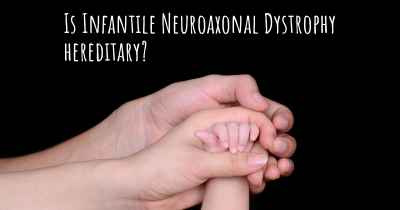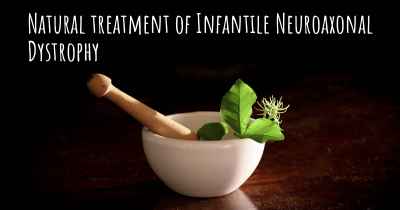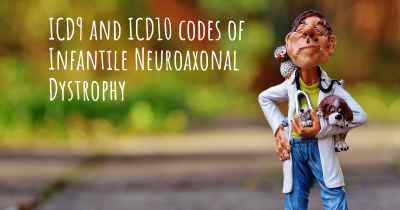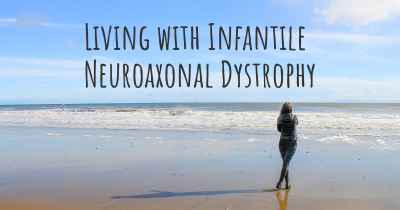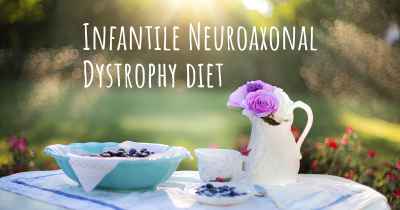Infantile Neuroaxonal Dystrophy synonyms
What other names are the Infantile Neuroaxonal Dystrophy known by? Synonyms and other terms with which Infantile Neuroaxonal Dystrophy is known.

Infantile Neuroaxonal Dystrophy (INAD), also known as Seitelberger disease, is a rare and progressive genetic disorder that primarily affects the nervous system. It is characterized by the degeneration of nerve fibers (axons) in the brain and spinal cord, leading to a wide range of neurological symptoms.
INAD typically manifests in early childhood, usually between the ages of 6 months and 2 years. The initial symptoms may include delayed motor development, muscle weakness, and hypotonia (low muscle tone). As the disease progresses, affected children may experience difficulties with coordination, balance, and movement. They may also develop visual impairment, including optic atrophy, which can lead to blindness.
One of the distinguishing features of INAD is the presence of neuroaxonal spheroids, which are abnormal structures that accumulate in the brain and other parts of the nervous system. These spheroids consist of tangled nerve fibers and other cellular debris, contributing to the progressive deterioration of neurological function.
Unfortunately, there is currently no cure for INAD, and treatment focuses on managing the symptoms and providing supportive care. Physical and occupational therapy can help improve mobility and maintain muscle strength. Assistive devices such as wheelchairs may be necessary as the disease progresses. Additionally, medications may be prescribed to alleviate specific symptoms such as muscle spasms or seizures.
INAD is an autosomal recessive disorder, meaning that both parents must carry a mutated gene for their child to be affected. Genetic counseling is recommended for families with a history of INAD to assess the risk of passing on the condition to future children.
In summary, Infantile Neuroaxonal Dystrophy (INAD) is a rare genetic disorder that affects the nervous system, leading to progressive neurological deterioration. It presents in early childhood and is characterized by motor delays, muscle weakness, coordination difficulties, and visual impairment. The presence of neuroaxonal spheroids is a key feature of the disease. While there is no cure, supportive care and symptom management can help improve quality of life for affected individuals.


